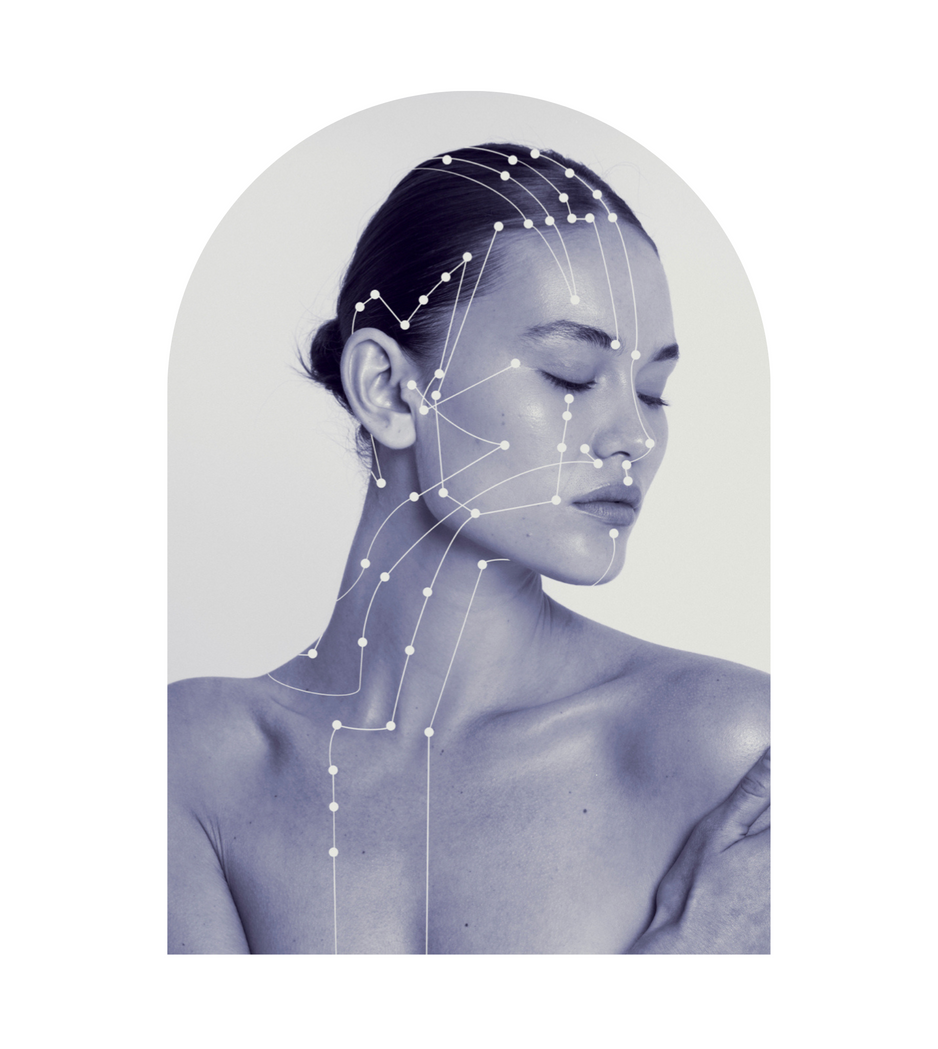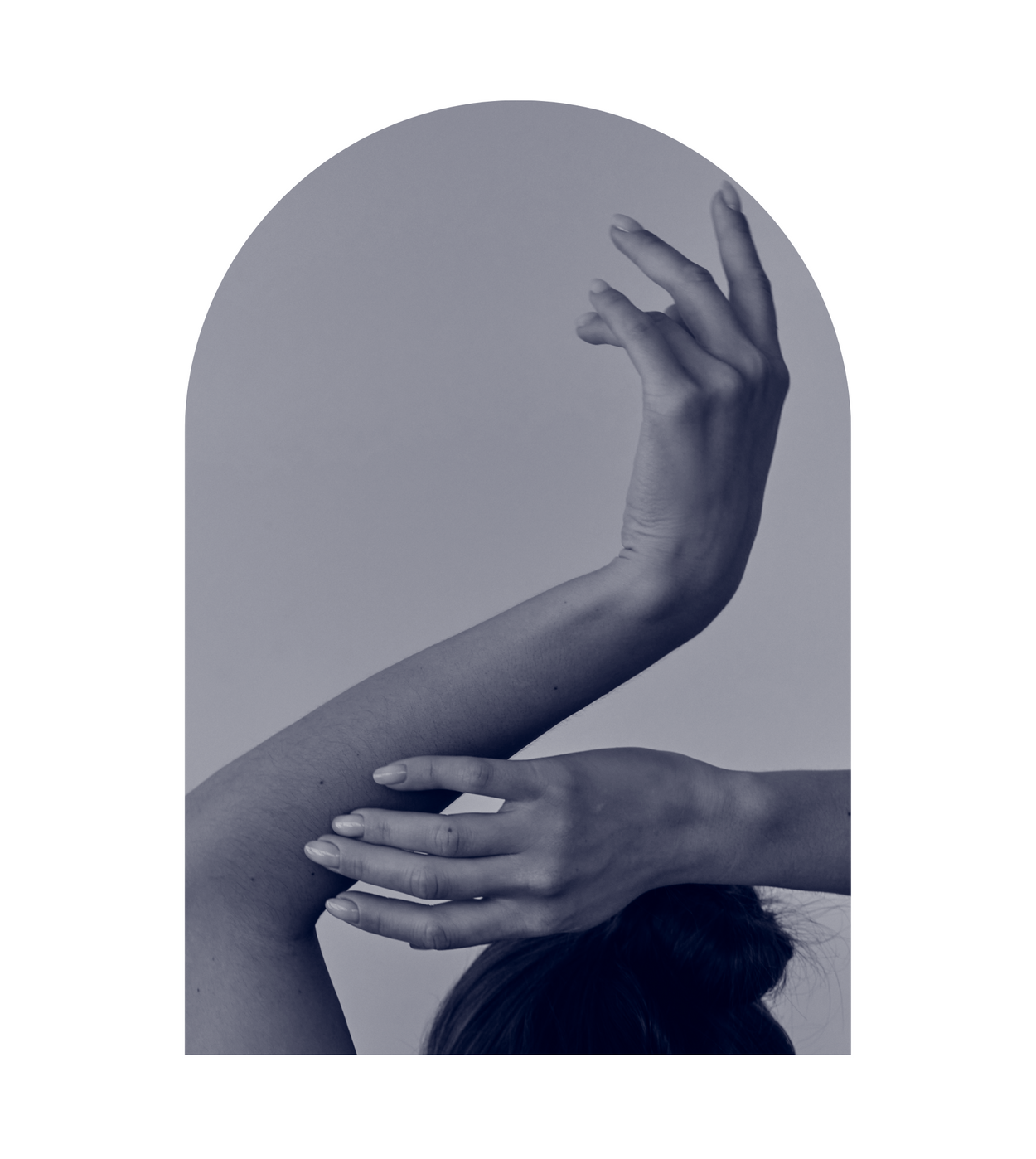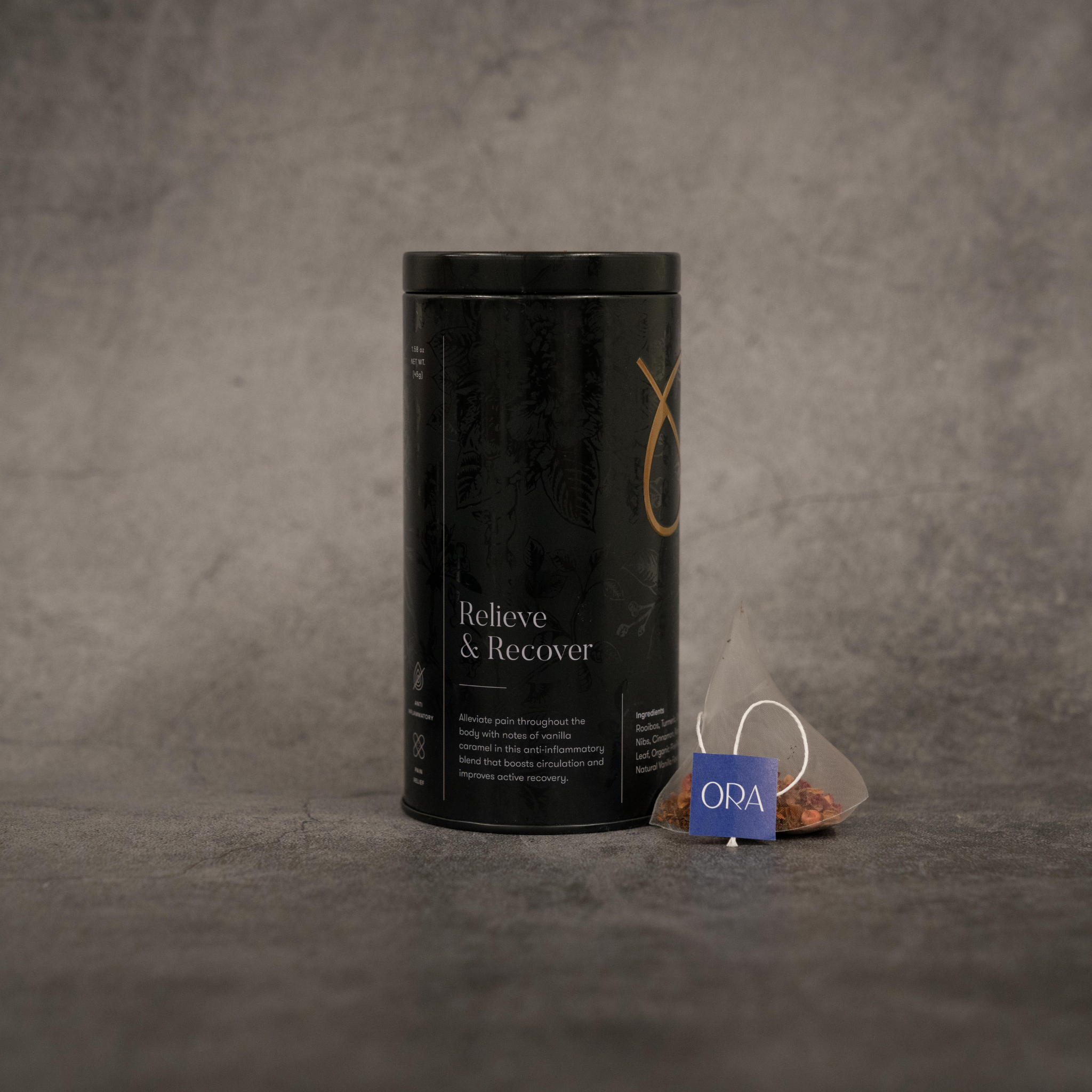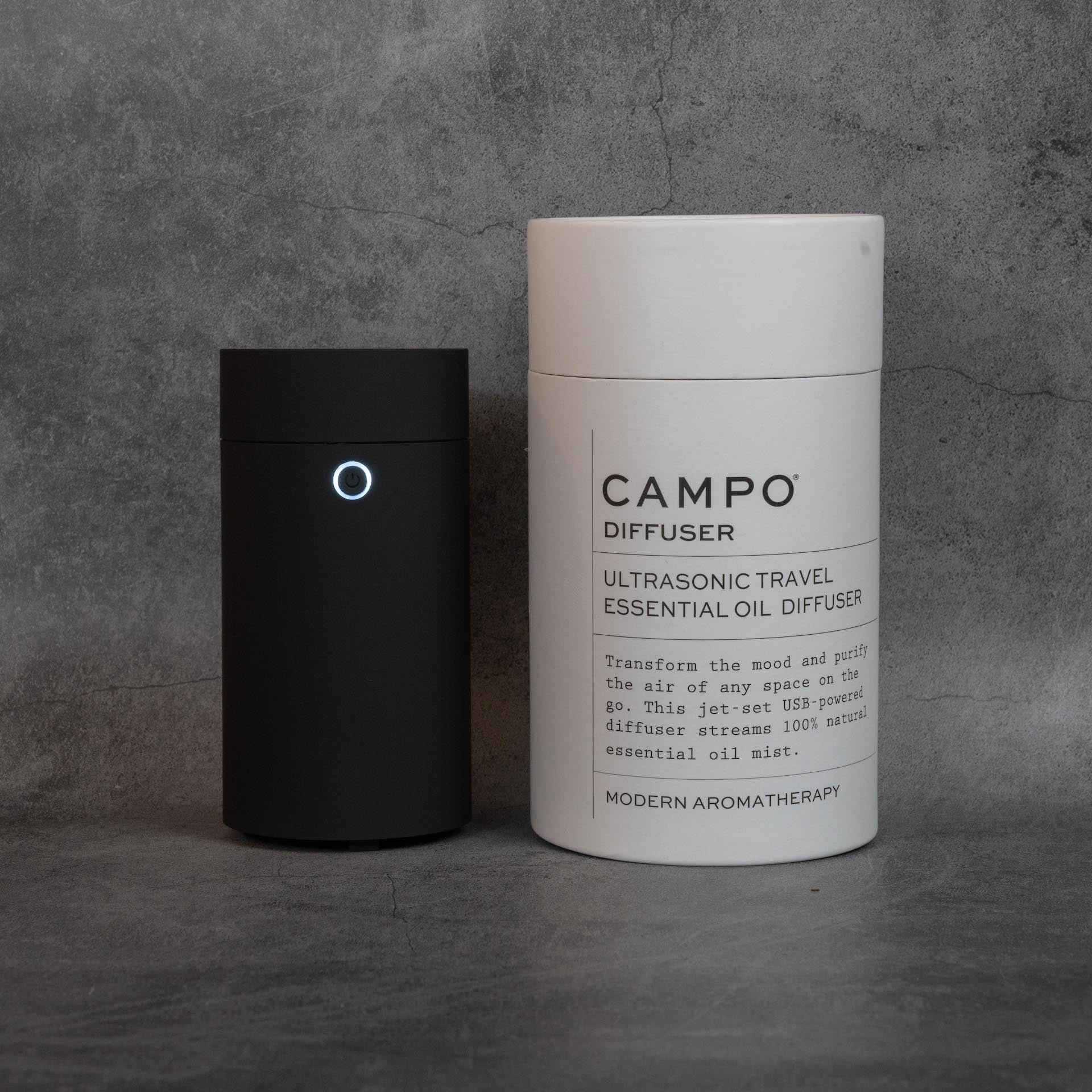Women’s health issues can, too often, remain undetected or mistakenly diagnosed. One of these issues, which affects an estimated five to seven million American women, is endometriosis. If you haven’t experienced it yourself, chances are you have a friend, family member or co-worker whose life has been impacted by it.
Endometriosis is characterized by the presence of normal endometrial tissue abnormally implanted in locations other than the uterus. This misplaced tissue, much like normal endometrial tissue, responds to hormonal changes of the menstrual cycle by building up and
breaking down. Normally, this results in bleeding inside of the pelvic region. With endometriosis, however, the blood has no means of being discharged outside of the body. Over time, this leads to inflammation, swelling and adhesions that affect organ functions. Endometriosis most commonly involves the ovaries, fallopian tubes and the tissue lining the pelvis. Rarely, endometrial tissue may spread beyond pelvic organs.
Endometriosis can cause pain, which is often severe, especially during periods. It is the cause of 70% of all chronic pelvic pain cases in women in the United States. It can also lead to fertility problems. While the causes of endometriosis are still unknown, there are a range of treatment options. These include pain medications such as nonsteroidal anti-inflammatory drugs, hormone therapy, laparoscopy for biopsy and removal of endometrial tissues, and hysterectomy. However, these conventional treatments tend to be invasive, only partially effective, and can have unwanted side effects.
Recent studies have shown that acupuncture and herbal medicine can be effective in managing symptoms of endometriosis. According to Traditional Chinese Medicine theories, endometriosis is caused by improper blood circulation, or blood stasis. From a TCM perspective, endometriosis is related to the dysfunction of the meridians connected to the liver, spleen, and kidneys. The liver maintains free flow of the qi of the body. The liver, spleen, and kidney channels run through the pelvis and all affect menstruation. If any of these channels are blocked or deficient, some sort of menstrual problem can occur. In addition, coldness may lead to obstruction of meridians and blood stasis in the uterine region. This impedes qi and blood circulation in the uterus, leading to menstrual pain due to a lack of delivery of vital energy and nutrients to uterine tissues.
Treatment is focused on increasing blood circulation and guiding these effects to the uterus and lower abdomen. Some acupuncture point combinations have been proven to increase blood flow to the uterus as well as regulate hormones. Acupuncture also has an anti-inflammatory effect and can be an effective form of pain relief. Most patients report less pain after a few weeks of treatments, however months of regular treatment may be required to regulate the menstrual cycle or treat fertility. Not only does acupuncture offer fewer side effects than other treatments, it is widely known for its effectiveness in the treatment of pain. Some neural pathways from acupuncture point stimulation, to the spinal cord, to the deactivation of the pain centers in the brain, have been mapped, which explain the pain relieving effect. In addition to relieving menstrual pain, acupuncture can reduce the size of pelvic masses, decrease the recurrence rate of endometriosis, and help balance the body’s hormones.
While treatment plans will be personalized for you specifically, we typically recommend receiving acupuncture once or twice a week for three to six months for the treatment of
endometriosis symptoms. To receive a customized treatment plan and see how acupuncture can alleviate endometriosis signs and symptoms, book an appointment at ORA today.












